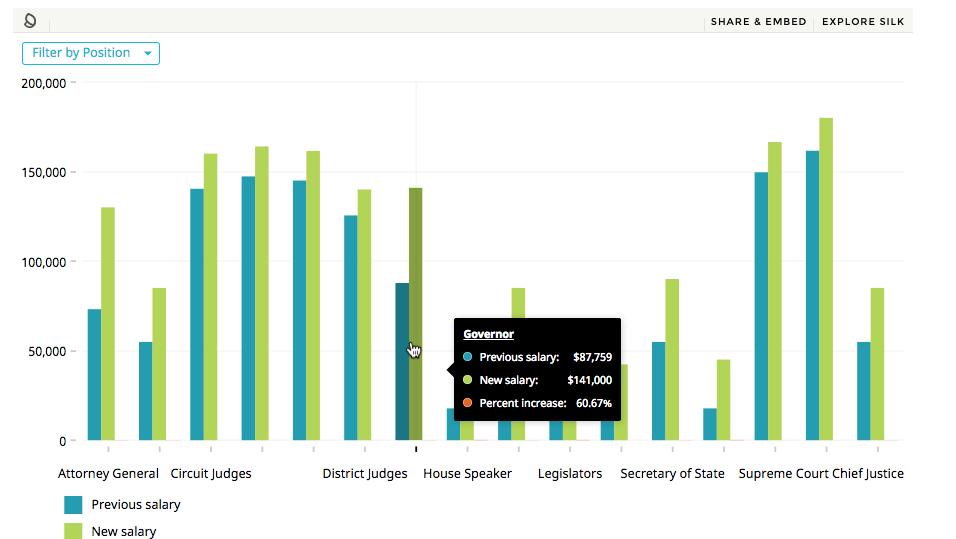RIDGELAND'S CATCH• 250 tilapia about 60 grams each• 2,000 tilapia about 4 grams each• 130 channel catfish about 3.5 pounds each (about 1,587 grams)WHAT IS AQUAPONICS?Aquaponics is the growing of fish, or other water-based animals, along with land plants in a controlled environment to maximize the use of the energy and nutrients in the system in order to harvest the greatest amount of vegetables and fish protein from the system.Source: www.portablefarm.com
ROSSVILLE - To Hollie Hemley, the thousands of fish in a greenhouse behind Ridgeland High School are more than just a science experiment.
"I definitely feel like these are my pets," Hemley said.
A senior in an advanced placement environmental science course, she's one of dozens of students working in Ridgeland's aquaponics lab, which grows fish and plants. While they're excited about applying classroom concepts to hands-on work, students say they also relish the responsibility of caring for and raising the fish.
"It's not just your grade that depends on it. The fish depend on us, too," Hemley said. "We have to help make sure they survive."
The aquaponics lab was paid for through a $691,000 grant Walker County Schools received for science, technology, engineering and math programming at Ridgeland and Rossville Middle School. Much of the grant went to fund the fishery.
On Wednesday, students showed off their work and the several thousand tilapia and channel catfish they're raising. Students in various courses are charged with keeping tabs on water quality, tracking the fishes' growth and ensuring they receive the correct type and quantity of food.
"It's interesting that there's so much to such a small organism. They actually require a lot of care," said senior Vicktoria Capehart.
She was using a calculator and an electronic probe Wednesday to test the water quality in the giant plastic bins that house fish. With the calculators, students make tables and charts for data crunching that tie in concepts from math classes.
Capehart said it's critical that levels of chemicals and oxygen in the water are constantly monitored for the animals to survive. And by tracking the weight of the fish, students recently discovered that the food they were using wasn't formulated correctly. She said they were able to change the food to help get the group of underweight fish back on track.
Capehart said such work is a nice change of pace from other courses that keep students tied to desks and textbooks.
"This is hands-on, and we're actually applying it to real life," she said.
Students in engineering courses are working to build a robot that will test water levels around the clock. Senior Alex Price said they're now testing which robot model will work best. But once it's completed, it will circulate the greenhouse on a track to retrieve data from each tank to be wirelessly transmitted back to teachers.
"This is really fun. It's like big-kid Legos," Price said.
The challenge, he said, is building the robot just right, so that it will drive up to the tank and, without falling into the water, submerge an electronic probe.
Agricultural mechanics teacher Peter Davis said students from a variety of courses will have the opportunity to work in the aquaponics lab, which is blanketed with a ceiling of hanging ferns to help keep oxygen levels up. Teachers started the project by stocking tanks with small fish, but once it's running at capacity, Davis said, the lab will house fish from eggs to maturation.
"The purpose is to cover the entire life cycle," he said.
Aside from flexing their math and science muscles, students seem to be more motivated to participate in classes that take place in the greenhouse, Davis said.
"Do you see any of them asleep in there? They're all engaged. They have a much higher level of interest," he said. "And we're tying the learning in with things they already know."
The aquaponics lab eventually should be financially self-supporting, with full-grown fish sold off to area restaurants and distributors. But students and teachers will hold onto some of their bounty.
"We're going to have some fish fries, too," Davis said. "That's what the kids really look forward to."


